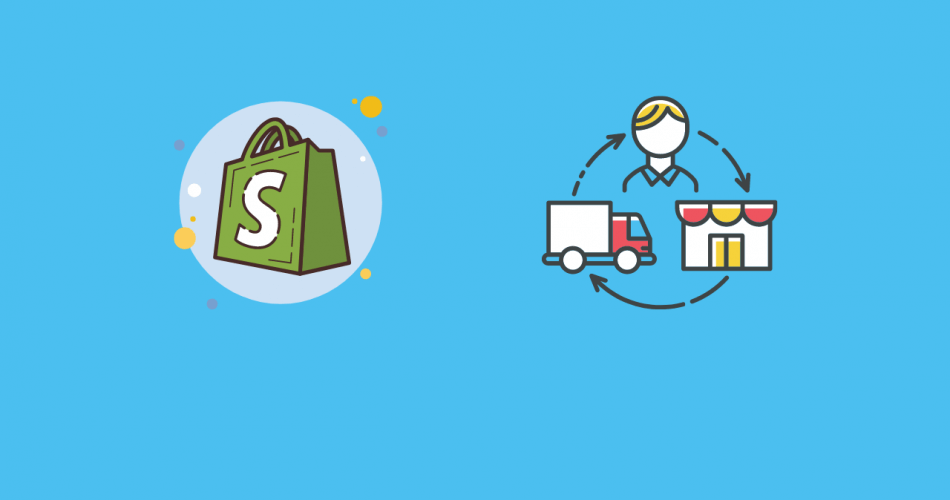In the fast-paced world of e-commerce, two primary business models have gained immense popularity: dropshipping and wholesale distribution. Each approach has its unique advantages and challenges, making it crucial for entrepreneurs to tailor their branding and marketing strategies to suit the specific needs and preferences of their target audiences. In this article, we will explore how you can effectively customize your branding and marketing efforts for both dropshipping and wholesale audiences to maximize your success in the competitive online marketplace.
Understanding Dropshipping and Wholesale Distribution
Before delving into the nuances of branding and marketing, let’s briefly differentiate between dropshipping and wholesale distribution. Dropshipping is a retail fulfillment method where online store owners don’t stock products themselves. Instead, they purchase products from third-party suppliers as customers place orders. These suppliers then directly ship the products to the customers. The primary advantage of dropshipping is its low upfront investment and minimal inventory management. However, it can be challenging to maintain quality control and profit margins due to reliance on suppliers.
On the other hand, wholesale distribution involves buying products in bulk from manufacturers or distributors at lower prices and reselling them to retailers or end consumers. This approach requires more significant capital and storage space but allows for better control over product quality and pricing. Wholesalers often work with established retailers and have well-defined sales channels.
For a detailed comparison of dropshipping and wholesale distribution, check https://easync.io/articles/dropshipping-vs-wholesale/.
Know Your Audience: Dropshipping
When targeting the dropshipping audience, it’s crucial to understand their unique characteristics and preferences. Dropshipping customers are often looking for convenience, affordability, and a wide product selection. Here are some strategies to consider when branding and marketing to this audience:
Curate Trendy Products: Stay updated with the latest trends and continuously update your product offerings. Dropshipping customers are often drawn to trendy and unique items.
Emphasize Convenience: Highlight the convenience of dropshipping, such as fast shipping times and hassle-free returns. Make the shopping experience as smooth as possible.
Competitive Pricing: Given the price-conscious nature of dropshipping customers, ensure your pricing is competitive. Utilize dynamic pricing strategies to stay competitive in the market.
Know Your Audience: Wholesale Distribution
Wholesale distribution appeals to a different audience that values reliability, consistency, and long-term business relationships. These customers often include retailers and businesses looking to stock their inventory. Here are some strategies for branding and marketing to wholesale audiences:
Build Trust: Establish trust through your branding by showcasing your company’s history, reputation, and commitment to quality. Highlight certifications, product guarantees, and your track record in the industry.
Personalized Service: Offer personalized service and dedicated account managers to build strong relationships with wholesale clients. Make it easy for them to reach out and address their specific needs.
Quantity Discounts: Wholesale customers expect volume discounts, so create pricing tiers that incentivize larger orders. Clearly communicate these discounts on your website and in marketing materials.
Consistent Branding Across Channels
Regardless of your target audience, maintaining consistent branding across all marketing channels is essential. This consistency includes your logo, color scheme, messaging, and tone of voice. For dropshipping, this ensures that customers recognize and trust your brand even if they’ve never heard of your products before. For wholesale distribution, it reinforces the reliability and professionalism of your business.
Content Marketing Strategies
Content marketing plays a significant role in both dropshipping and wholesale distribution. For dropshipping, create engaging and informative content around the products you offer. Blog posts, videos, and social media content can help educate and engage your audience. Use storytelling to connect with customers emotionally.
In the wholesale distribution space, focus on thought leadership content. Share industry insights, market trends, and tips that can benefit your B2B clients. This positions your brand as an authority and a valuable partner in their business growth.
Leverage Social Proof and Reviews
Both dropshipping and wholesale audiences are influenced by social proof. Encourage satisfied customers to leave reviews and testimonials. Highlight these reviews prominently on your website and in marketing materials. Social proof builds trust and credibility, which is crucial in e-commerce.
In conclusion, dropshipping and wholesale distribution each have their unique challenges and opportunities. To succeed in today’s competitive e-commerce landscape, it’s essential to tailor your branding and marketing strategies to the specific needs and preferences of your target audience. Understanding the distinct characteristics of both dropshipping and wholesale customers will enable you to build strong relationships, drive sales, and establish a reputable brand presence in your chosen niche.




